LG basically made its own version of a Galaxy S9+, and that may just be enough.
From the start, LG's V series has been about content creation and offering more ways to capture the world around you. But over the years, the G and V series have to converged to the point where they're nearly identical. Not unlike Samsung's Galaxy S and Note lines (go figure), the G and V series are basically the same aside from slightly different sizes and some key feature advancements that a staggered release cycle affords.
In a world where the LG G7 hasn't garnered the mind share of Samsung's Galaxy S9+, that leaves the V40 in a tough spot considering how much it shares with LG's attempt from earlier in the year. The "hook," if you will, is a five-camera setup that's backed up by neat camera software. But the V40 has more to offer, as the rest of the phone is filled with appealing specs and features lifted directly from Samsung's playbook.
Here's how it all comes together in the LG V40.
Five camera fun
LG V40 ThinQ
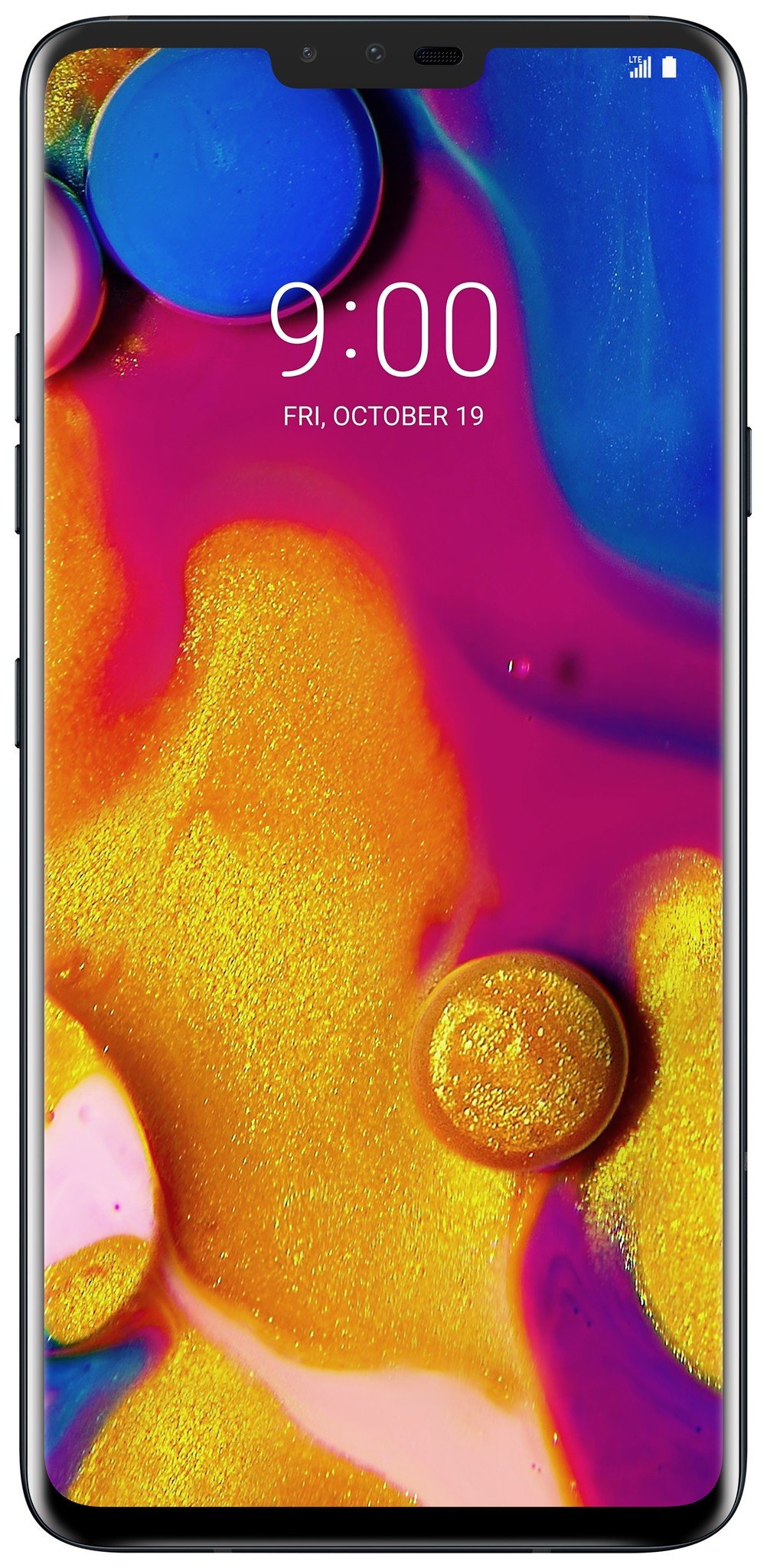
A great all-around high-end phone, with a price tag to match.
LG managed to make a top-notch phone by following Samsung's lead. The V40 is a beautiful and solid phone that's filled with must-have and nice-to-have features, with top-end specs and a large high-quality display. The software is quick and relatively simple, choosing to lean toward Google's ecosystem more than ever. The triple camera combination is a treat to shoot with and provides both unique and good-looking photos. The only potential shortcoming is underwhelming battery life that isn't as good as you'd expect for the V40's size.
Pros:
- Big, beautiful screen
- Triple camera is a treat
- Solid and beautiful hardware
- Headphone jack and good DAC
- Wireless charging
- Simpler software than before
Cons:
- A phone this big should have more battery
- Secondary cameras missing OIS
- No higher storage option available
- Aurora Black model is slippery
About this review
I've been using a U.S. unlocked LG V40 for 6 days, initially in San Francisco, CA and then in Seattle, WA. The phone's software updated 2 days into the review period to build OPM1.171019.026 with the September 1, 2018 security patch. It was provided to Android Central for review by LG.
Solid
LG V40 Hardware, display and features
The V40 generally follows the industry trend of being a rounded metal-frame phone with smoothly sculpted glass and a typical layout of buttons and ports. The 6.4-inch display is notably larger than the G7, and is ever-so-slightly larger than the Galaxy S9+ — less than 1mm taller, and 2mm wider. It has a notch, of course, but LG made a subtle change to make the bottom bezel the same thickness as the top — and despite the notch up there it has a very nice sense of symmetry when you look at the screen.
This is a really nice OLED screen you'll enjoy looking at, but it isn't quite as good as Samsung's.
That display is an OLED panel, which marks a move away from the G7's LCD and hasn't exactly been a point of strength for LG phones. You may recall the furor over the Pixel 2 XL's LG-made panel being so bad, but thankfully the V40's panel looks nothing like that. Actually, it looks really good. It's crisp and colorful, with only mild color shifting at tight viewing angles. And it now has a proper auto-high-brightness mode that can enable by default in sunlight and doesn't need to be triggered manually. The max brightness is good enough to easily see the screen in bright sunlight, and it also gets really dim at night. I won't say it's as wonderful as Samsung's latest screens — which are just amazing — but it's darn close, and good enough that I haven't found any reason to complain about its characteristics.
The phone is solid, but the matte glass finish is what really takes it over the top — don't get the Aurora Black color.
Because it's relatively light, the V40 doesn't seem quite as solid or substantial. At 169 grams it's 10% lighter than the Galaxy S9+ and 16% lighter than the Note 9 — it's also over 1mm thinner. But most people will find the reduction in quality heft a fine trade-off for being able to use the phone in one hand more comfortably. The V40 is still awkwardly tall and a little slippery when it comes to adjusting your hand to reach the top third of the display, but the lower weight helps with usability regardless.
The slippery finish is actually exclusive to this Aurora Black V40 that I've been using, because LG has an altogether different finish for its other colors. Moroccan Blue, which is the only non-black option in the U.S., and other international options have a softer matte finish to the glass that is amazing to hold. The frosted glass finish is easier to grip, collects fewer fingerprints and offers a neat color-shifting look that makes the black version even more boring by comparison. It's a shame LG didn't apply this "soft" finish to all of the colors — a big missed opportunity to differentiate entirely from Samsung's glossy backs. The black one looks and feels fine, and has a subtle color-shift effect to a more blue-green in the right lighting, but as soon as your see Moroccan Blue you'll want it — and sadly, it's exclusive to Verizon for some unknown period.
LG took Samsung's lead and simply offers every spec and feature the competition has.
Elsewhere, LG's done a darn good job of filling the V40 with the features people are clamoring for. It's water resistant, of course. The 64GB of storage is typical, but the SD card slot is a nice bonus for many people. There's also a headphone jack, which is appreciated, and LG continues to get plaudits for including a nice DAC to help it out. LG's so-called "BoomBox" speaker system is an attempt to skip dual speakers in favor of using the whole phone as a resonator for the single speaker at the bottom, and for the most part it works well. When you set the phone down on a table it really helps amplify the sound, and it sounds pretty good — but when you crank up the volume a bit when watching or listening to something as you hold the phone, it feels ... odd. The whole phone vibrates, which isn't pleasing, and you can still run into the age-old problem of blocking the single bottom speaker with your pinky finger.
Triple treat
LG V40 Cameras
We'll eventually reach the point of diminishing returns with the number of cameras on smartphones — but right now, having three distinct sensors and lenses on the back of a phone seems totally normal. LG's marketing talks about a "penta" (five) camera setup on the V40, but of course, only three are on the back with the other two on the front. The set of three breaks down like this: a 12MP main sensor with a standard-view lens, a 16MP sensor with a wide-angle lens, and another 12MP sensor (different from the primary) with a 2X telephoto lens.
The main camera took a step up, and the two supporting lenses just add to the experience.
The wide-angle sensor and lens are the same as the LG G7, which is fine, but the main sensor and lens have thankfully been upgraded. The main sensor has 1.4-micron pixels, much larger than the G7's 1-micron, and the lens is now a little brighter at f/1.5. There are also purported upgrades to the photo processing, including smarter HDR that chooses how many frames to process based on what's in the scene and specific changes to improve low-light photo quality overall.
I'm so glad LG made the sensor and lens upgrade to get more light in. It really shows in the final product, whether you're shooting in low light or not. Shooting in auto mode it seems pretty clear when the multi-frame HDR mode kicks in and really bumps up the colors, but even without it the V40 takes pleasing and natural-looking photos. My only complaint is in the fine details, where LG's processing lands in a weird middle ground between Samsung and Google. It isn't super-smooth like Samsung, nor is it natural like Google — when you zoom in you'll see blotchy chroma noise on occasion, and oftentimes sharp edges come out soft. It looks just fine on a phone or even a computer screen, but zooming in reveals displeasing defects in some photos.
Photo quality is good, but the prevailing feeling is that the V40's camera is fun to shoot with.
LG's wide-angle camera continues to be a unique treat. I love taking these wide-angle shots, and they just offer a nice change of pace to mix up the kinds of photos I share with people. Not all scenes call for it, but going back to a phone without a wide-angle camera feels like a limitation. The telephoto camera isn't such a great success. A sensor with 1-micron pixels behind an f/2.6 lens without OIS is a recipe for poor photos in anything but perfect lighting, as so many other manufacturers have found. It's useful for zooming with less resolution in daylight, and facilitates a proper portrait mode with faux bokeh, but it isn't nearly as good as the Galaxy S9+'s better sensor and OIS.
The combination of three sensors and really good camera software make the V40 a downright fun phone to shoot with, and also has the quality to back it up. LG's software makes switching between the three cameras seamless and even offers options to preview all three views at once or capture photos sequentially each one. There's a robust manual mode if you want it, but the automatic mode absolutely gets the job done with no fuss. LG may not be winning the camera battle with absolute quality and accuracy when you nitpick the details, but the whole experience is right up there with the competition.
The dual front-facing cameras don't change the game much from the LG G7. The main camera is the same 8MP sensor with fixed focus, an f/1.9 lens and 80-degree field-of-view. It's paired with a 5MP sensor with fixed focus and an f/2.2 lens, but a slightly wider 90-degree lens. This gives you some flexibility for a tighter selfie with the main camera or a larger group shot with the secondary, but we're talking about 80- vs. 90-degrees here, which is small. The main camera captures much more detail in your face, but either one will be good enough for social media and messaging. The wide-angle shooter is near-necessary for group shots, but I still wish at least the main sensor had auto focus, as that's a premium feature I expect on a high-end phone like this.
Going simpler
LG V40 Software, performance and battery life
I stopped using the LG V30 before its Oreo update and didn't spend much time with the LG G7, so this is my first time really getting in deep with the company's latest software offering. The V40 is launching on Android 8.1, which in itself isn't disappointing except for the fact that LG made a grandiose announcement that its "Global Software Upgrade Center" would be improving its update cadence and stability. Where's Android 9 Pie at?
Even though we're looking at Oreo, LG has made a concerted effort to streamline and simplify its software. In my time speaking with LG representatives, they specifically called out the reduced amount of bloatware and duplicate apps on the V40. LG no longer ships its own calendar or calculator apps, for example, and defaults to Google's instead. This is one of the main benefits of LG's software over Samsung's — it's at least somewhat self-aware of the fact that very few people want its apps, so it's cutting back on the offerings. There are still a few that can't be disabled, but there's far less app cruft to deal with than in the past.
Feature creep has been reduced, as has bloatware and duplicate apps. LG is going simpler.
The feature creep has also been reduced, with fewer unnecessary whizz-bang things popping up and distracting you. I still had to spend the typical couple of hours going through settings and turning off things that I don't want, but it can all be turned off, which I really appreciate. There are still baffling omissions like not having a fingerprint swipe gesture for the notification shade and having an app drawer that doesn't auto-sort alphabetically, but on the whole, I'm finding LG's software to be quite pleasant.
If you're a fan of Google's services you'll be fine with LG's integration of the Google Assistant, Google Feed and Google Lens as well, which replaces any sort of LG-specific "AI" you'd expect. The Feed is found as part of the default launcher, the side-mounted Assistant button auto-launches the service and Google Lens is baked right into the camera app. You can just as easily ignore it all, but I find it much less intrusive than Samsung's Bixby push, and the hardware button placement is low enough that it isn't accidentally pressed every single day.
Performance and stability are both great — now, how about that Pie update?
Performance and stability have also been excellent, which I'd completely expect for this class of phone with these internals. The only sluggishness I've seen has been with opening the camera after a handful of hours of not using it, which is disappointing. I want that camera to always be available, and sometimes it takes a few beats to get going with a double-press of the power button. The rest of the experience has been a treat, no matter what I've thrown at the phone.
So how long does the performance last? Unlike the Galaxy Note 9, the V40 doesn't have an impressively sized battery, at just 3300mAh, considering the overall footprint of the phone. That's considerably less than the Note's 4000 and even Galaxy S9+'s 3500mAh. As you can see in the above screenshots, battery life can obviously vary based on how hard you hit the phone. I don't do anything to "save" battery on my phones — I use auto brightness, let all of my apps sync and use the phone whenever (and however) I need it. On a heavy day I was able to kill the V40 in under 14 hours with over 4 hours of screen-on time, tons of Bluetooth audio, lots of time on LTE and about 30 minutes of driving with navigation Android Auto. On easier days, I went to bed with over 30% battery remaining despite my typical usage and over 3 hours of screen-on time.
The V40 will handle a full day of use no problem — the question is how much reserve you'll have left at the end of the day.
These numbers are very much in line with my Galaxy S9+ battery life history: the V40 will handle a full day of typical use with plenty to spare and no battery-saving tricks; but if you hit it hard, you may be looking at a late-evening top-up or very little left in the tank at the end of the day.
When it comes to recharging, the V40 is really quick. That smaller capacity paired with Quick Charge 3.0 leads to fast top-ups over USB-C, which you may need if you hit the phone hard. It also has wireless charging, and worked perfectly with my Samsung wireless chargers.
I know most people won't need more battery capacity than the V40 offers, and I certainly appreciate the lighter overall weight of the phone. But LG could've really stuck it to the competition by getting this capacity up above 3500mAh just to give a bit more longevity confidence to potential buyers.
Conclusion
LG V40 Review
As I used the LG V40 for the past week, I wonder why interest in LG's latest phones isn't higher. A few years ago, LG was doing pretty quirky stuff with its phones that was polarizing (and sometimes objectively bad). Now, it's making darn good phones that match the competition spec-for-spec and feature-for-feature, and have a couple neat differentiators — and the V40 is a perfect example. It's not weird or compromised, it's just a top-end flagship with everything we expect in that class. It effectively lands between the Galaxy S9+ and Note 9, but offers just a little bit of LG flair to stand out. That's a fine recipe.
Purely phone versus phone, I actually like the V40 more than the Galaxy S9+ — but you have to look at the price differential.
The hardware is very similar to the Galaxy S9+. The display, too, is approaching Samsung's greatness. It has effectively the same hardware features in terms of battery, wireless charging, SD card slot, speakers, a headphone jack and IP68 resistance. The main camera isn't quite on Samsung's level, but the addition of a wide-angle shooter and neat camera software may make up for it in some people's eyes. I actually feel like LG's software is comparable to Samsung's as well — it has a little less polish, but much less bloatware and fewer odd quirks. And yeah, it focuses on Google Assistant instead of Bixby.
Putting aside LG's clear disadvantage of momentum and branding, the V40 is every bit as nice a phone as the Galaxy S9+. But that's really the issue for LG: it's making a phone that, on the whole, is comparable to Samsung's, rather than objectively better. In that case, what's the real draw for someone to try out an LG phone rather than stick with the Samsung brand they already know and trust?
Well, it really comes down to a handful of choices on marginal differences — primarily, in the camera and software experience. You have to want the wide-angle lens on the back and fun camera software. You could also desire a phone that has a flat display rather than a curved one. Or you just don't enjoy Samsung's software. The soft matte finish on the back glass (except for the black model) is a small point of differentiation as well, but not a game-changer. Aside from those small areas, the V40 simply mirrors the Galaxy S9+ — and most people will be looking to Samsung by default. Particularly when the Galaxy S9+ is $100-150 less at retail.
Making a decision in a vacuum purely phone versus phone, I actually like the V40 more than the Galaxy S9+. I land on LG's side with the cameras and software, and find the other small differences to be inconsequential. But give me a $150 discount, and it's near-impossible to turn down the Galaxy S9+ in that scenario. Up against the Note 9, LG matches Samsung on price but loses out in battery and doesn't offer a stylus — a different scenario, for sure. Perhaps LG can truly compete in a month when the inevitable price cuts arrive.
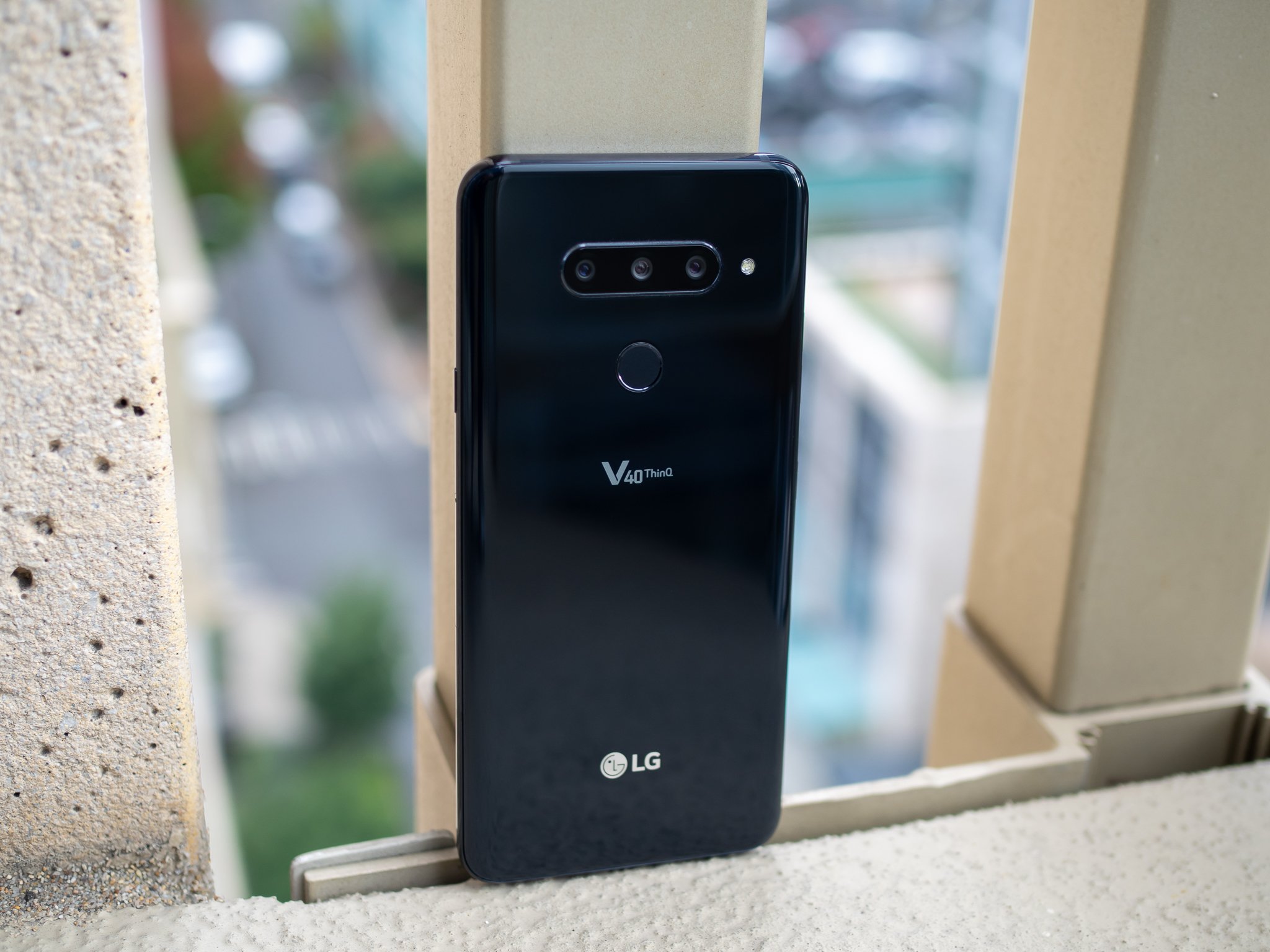
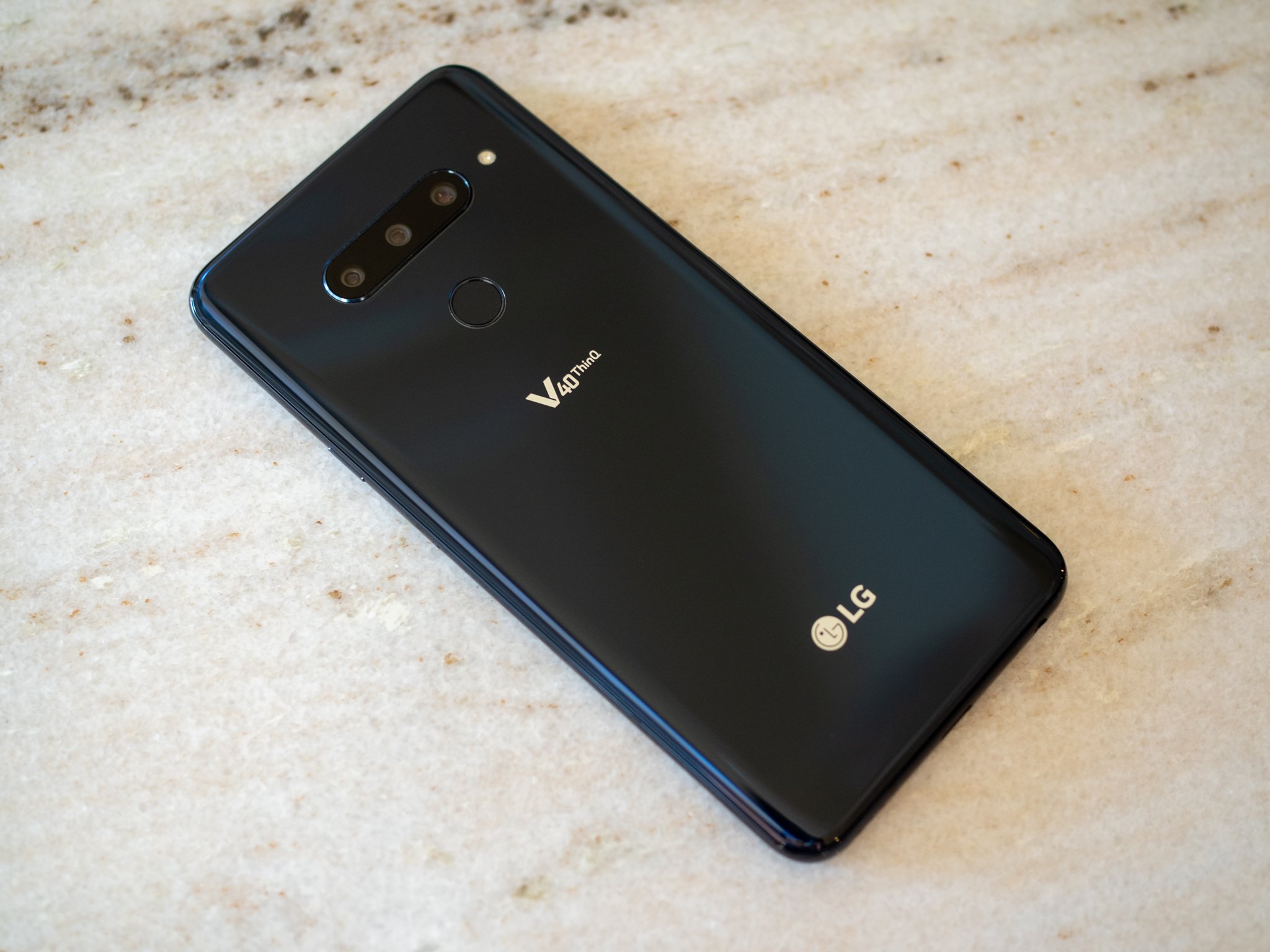
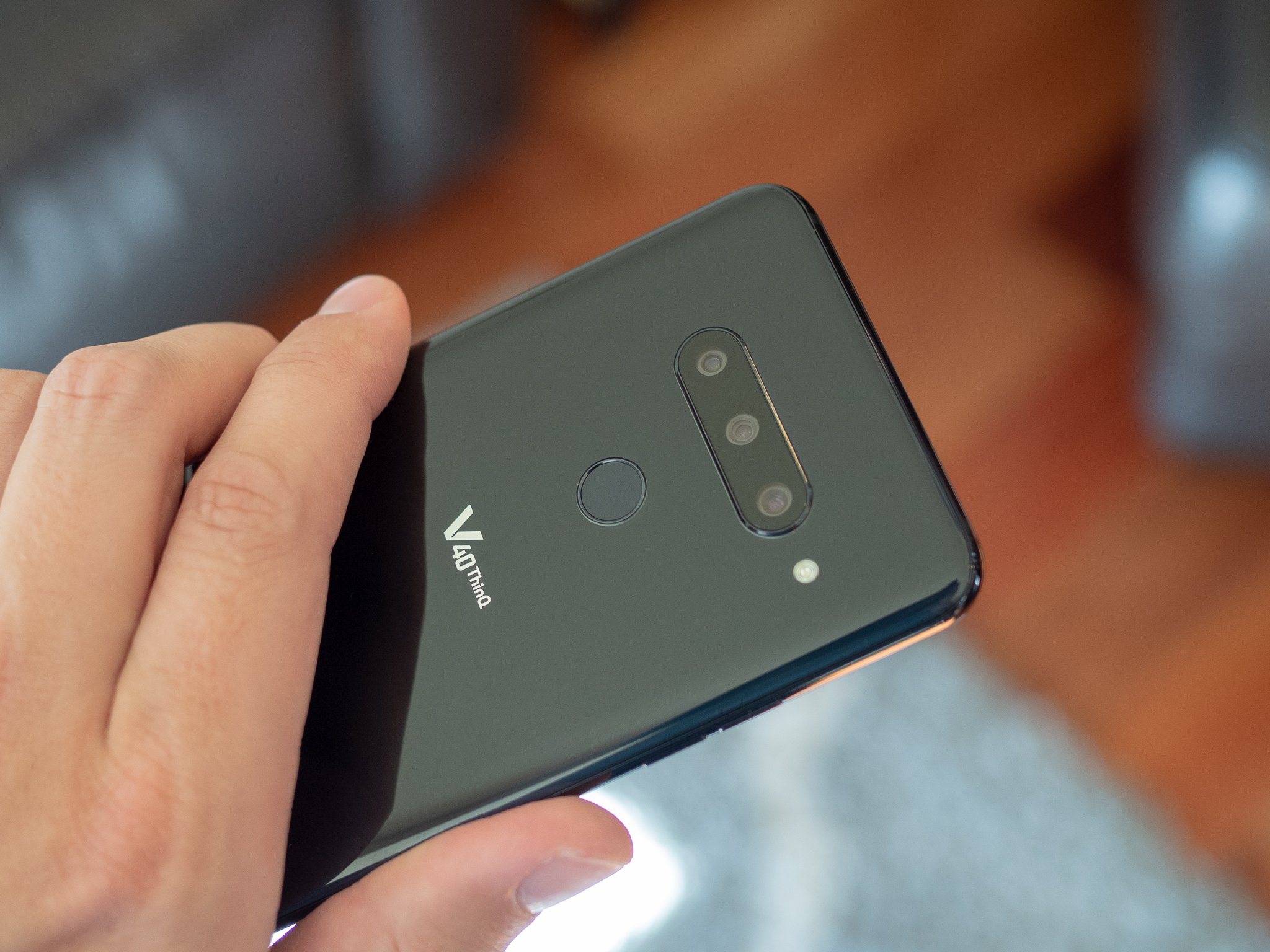
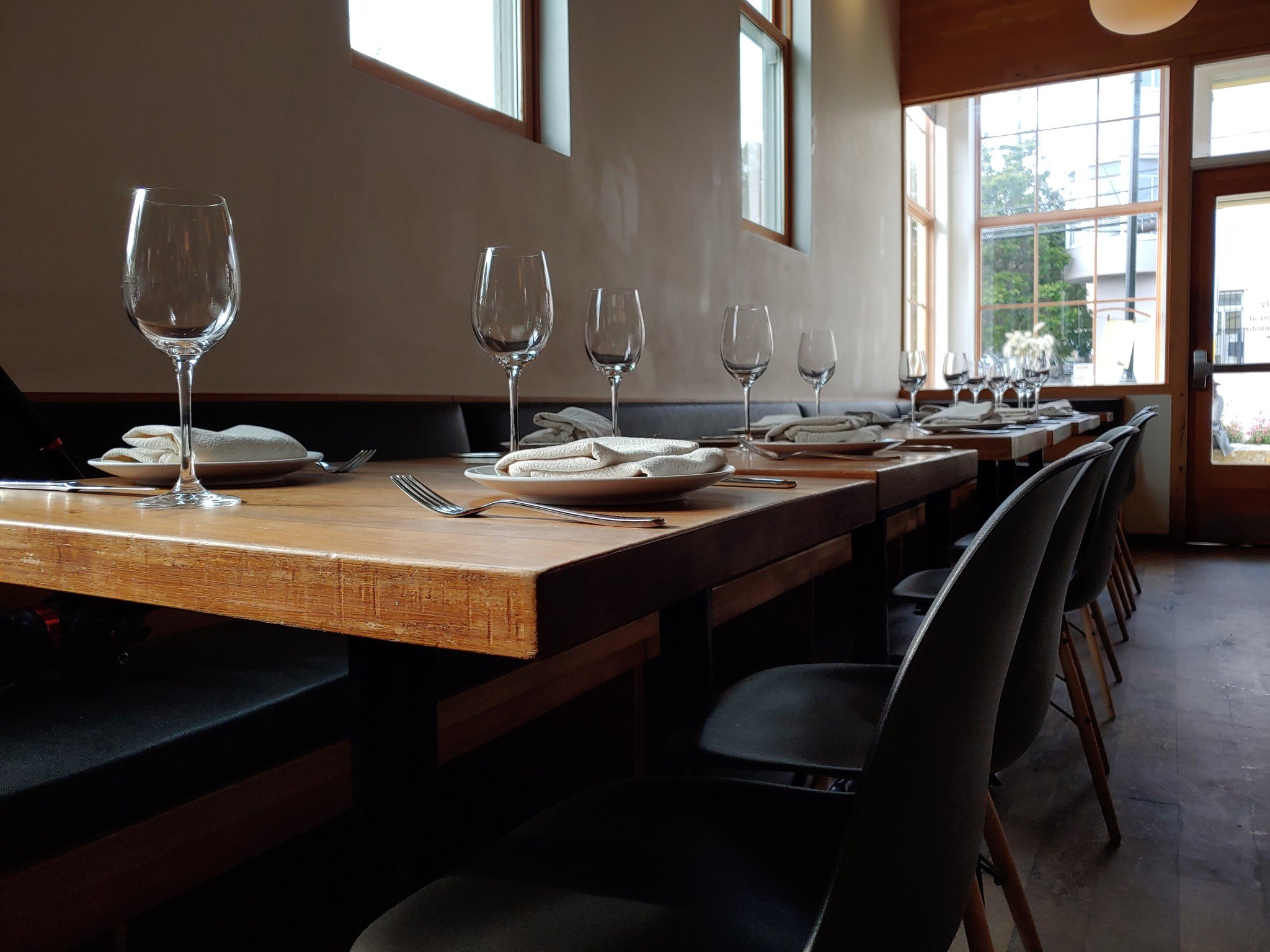

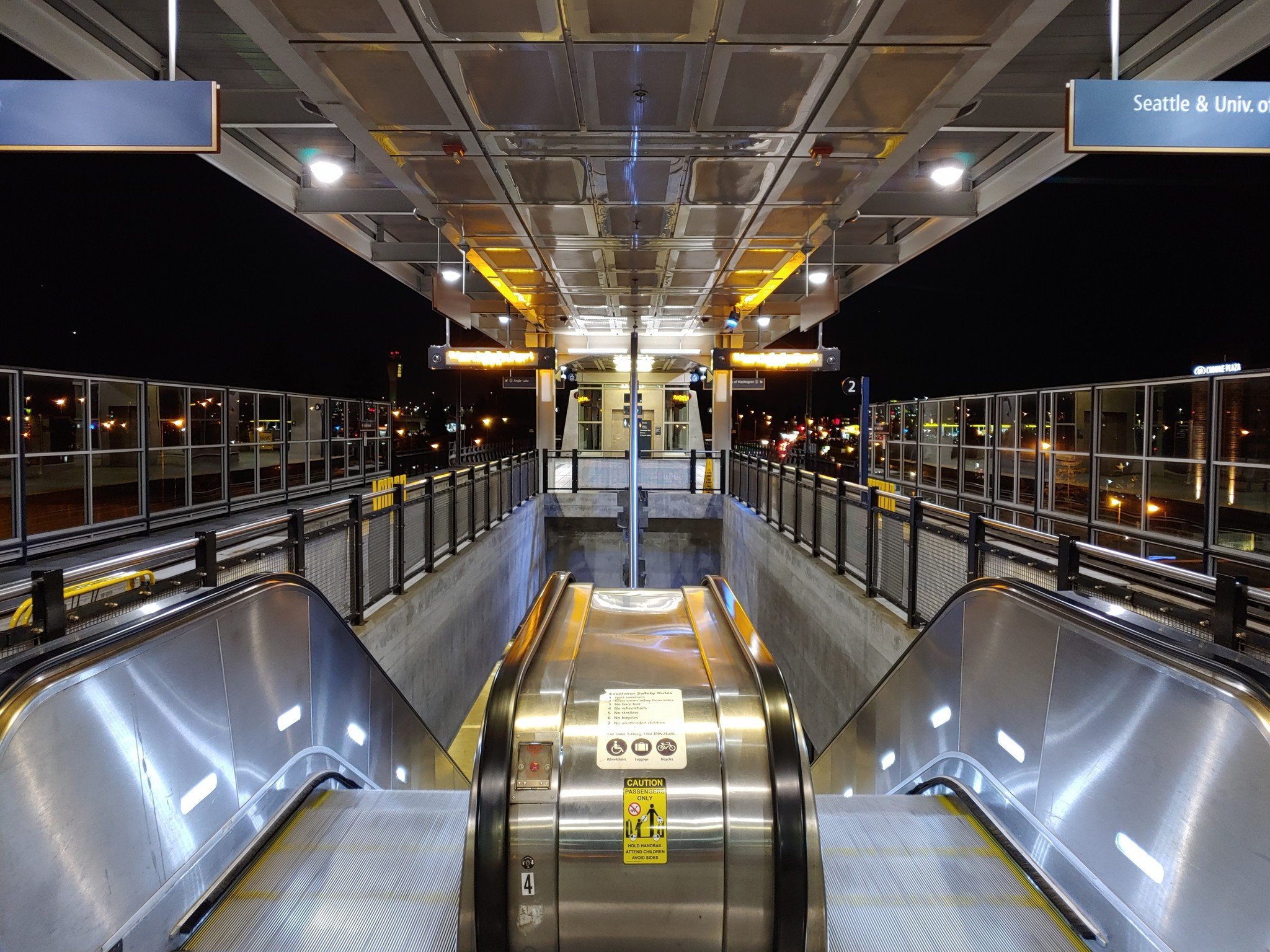

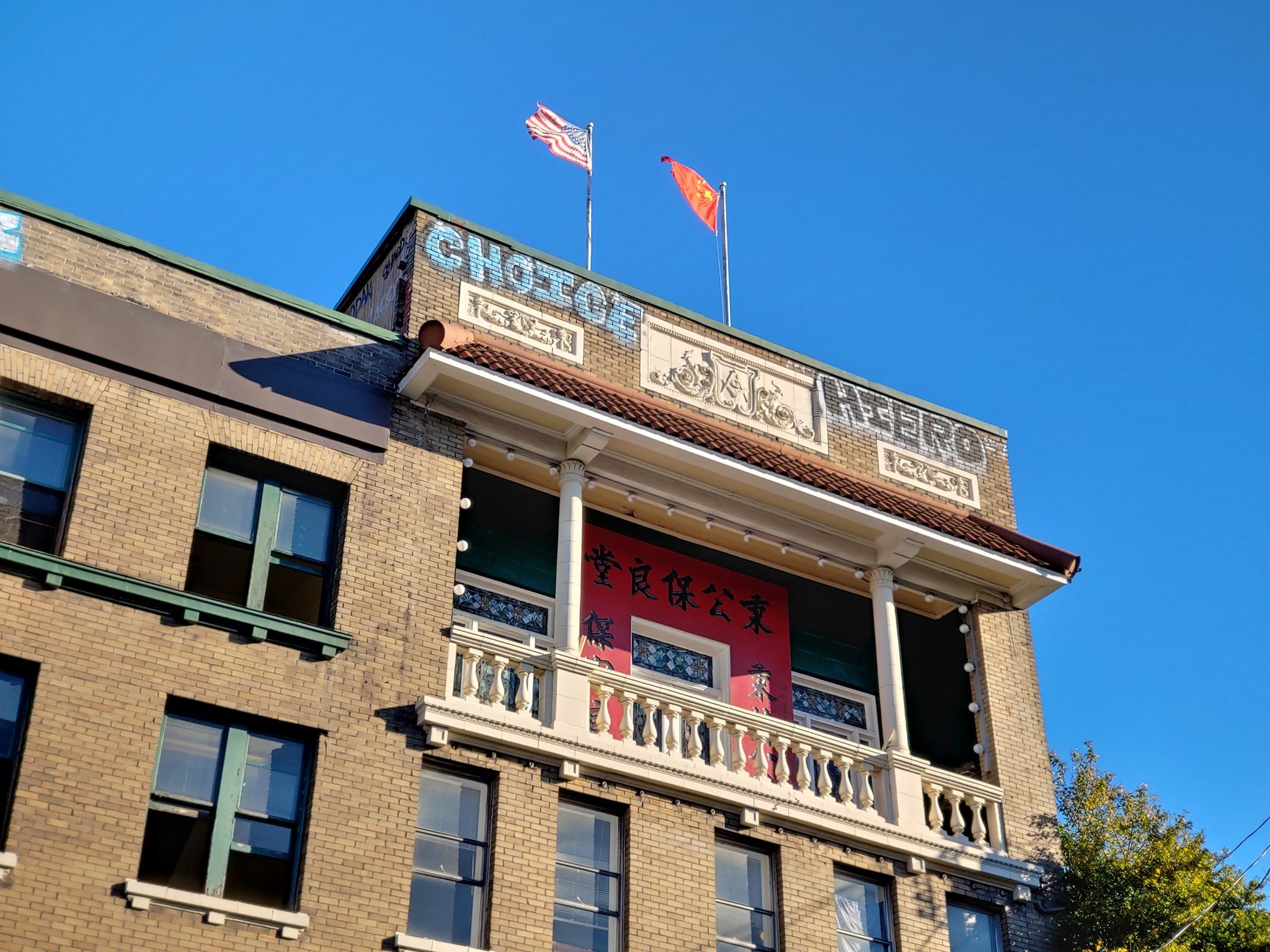

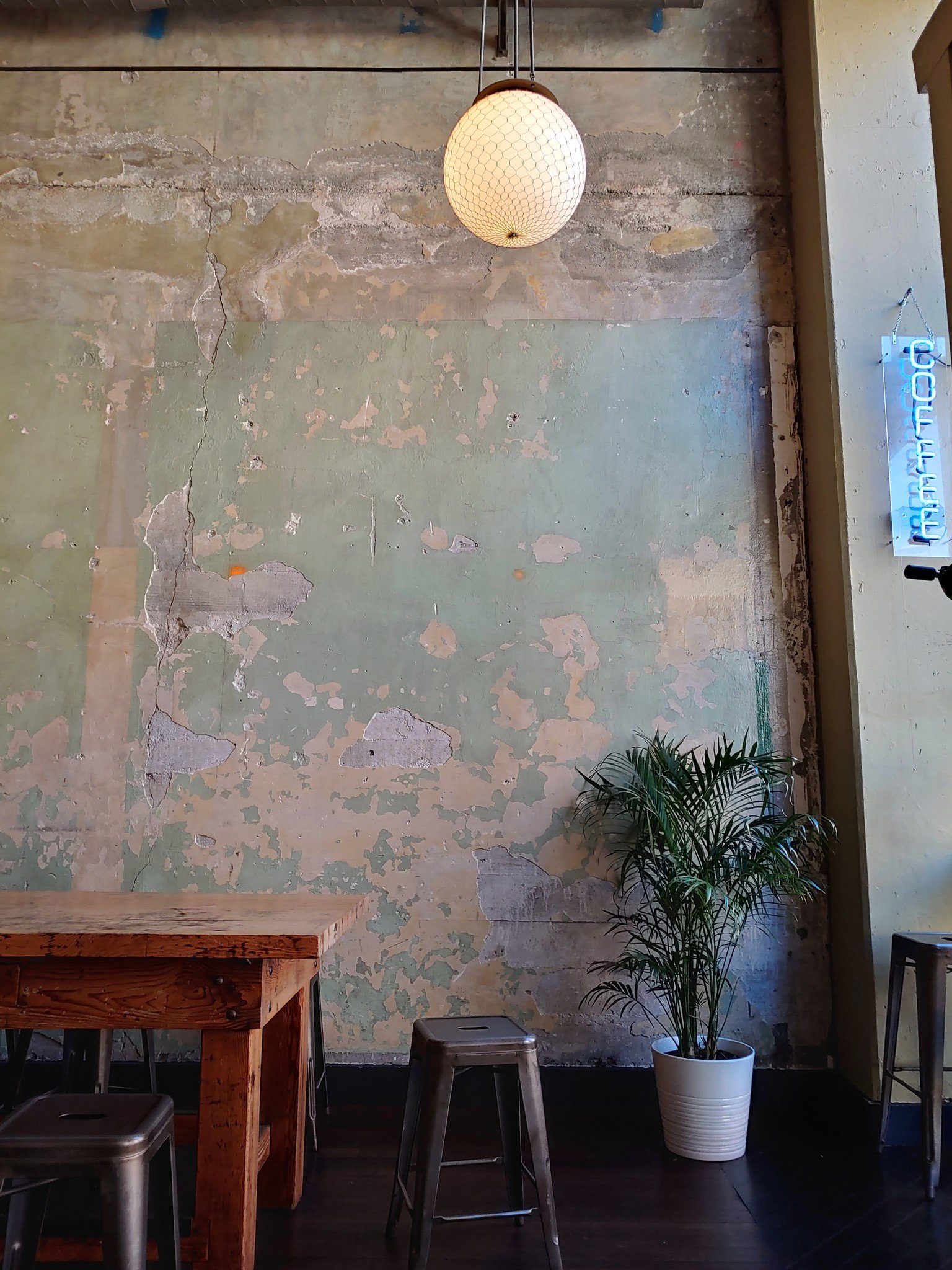
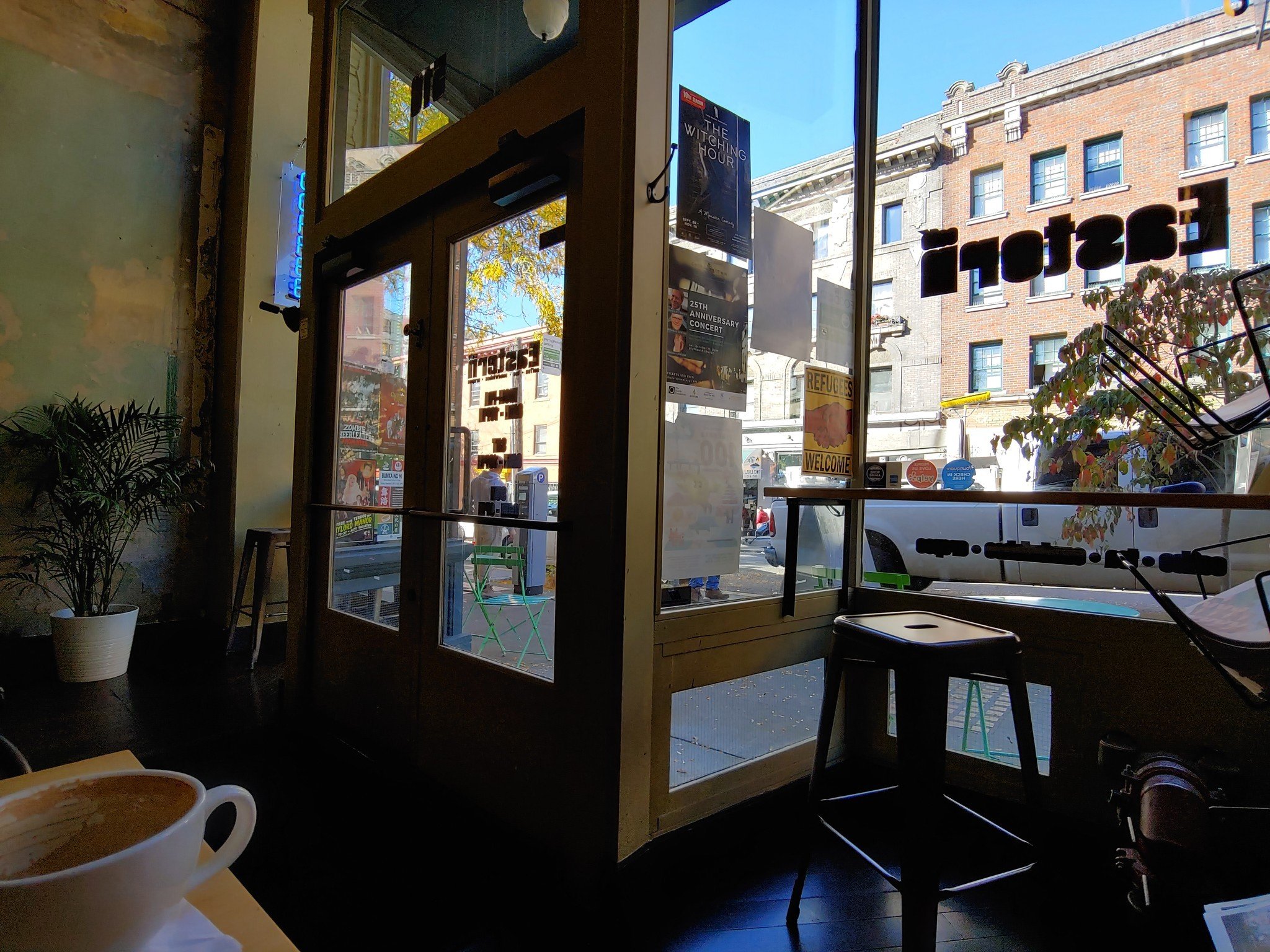
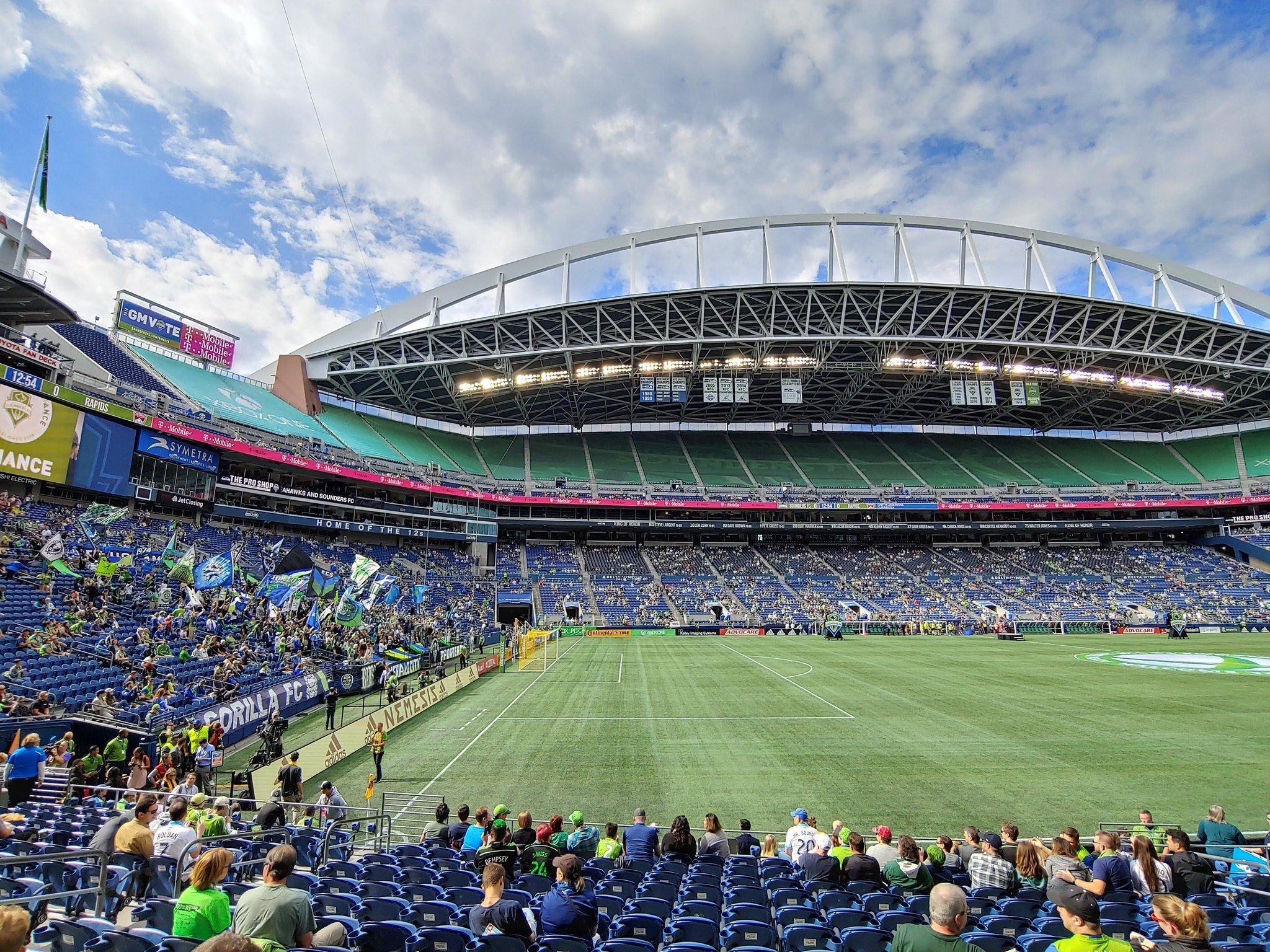
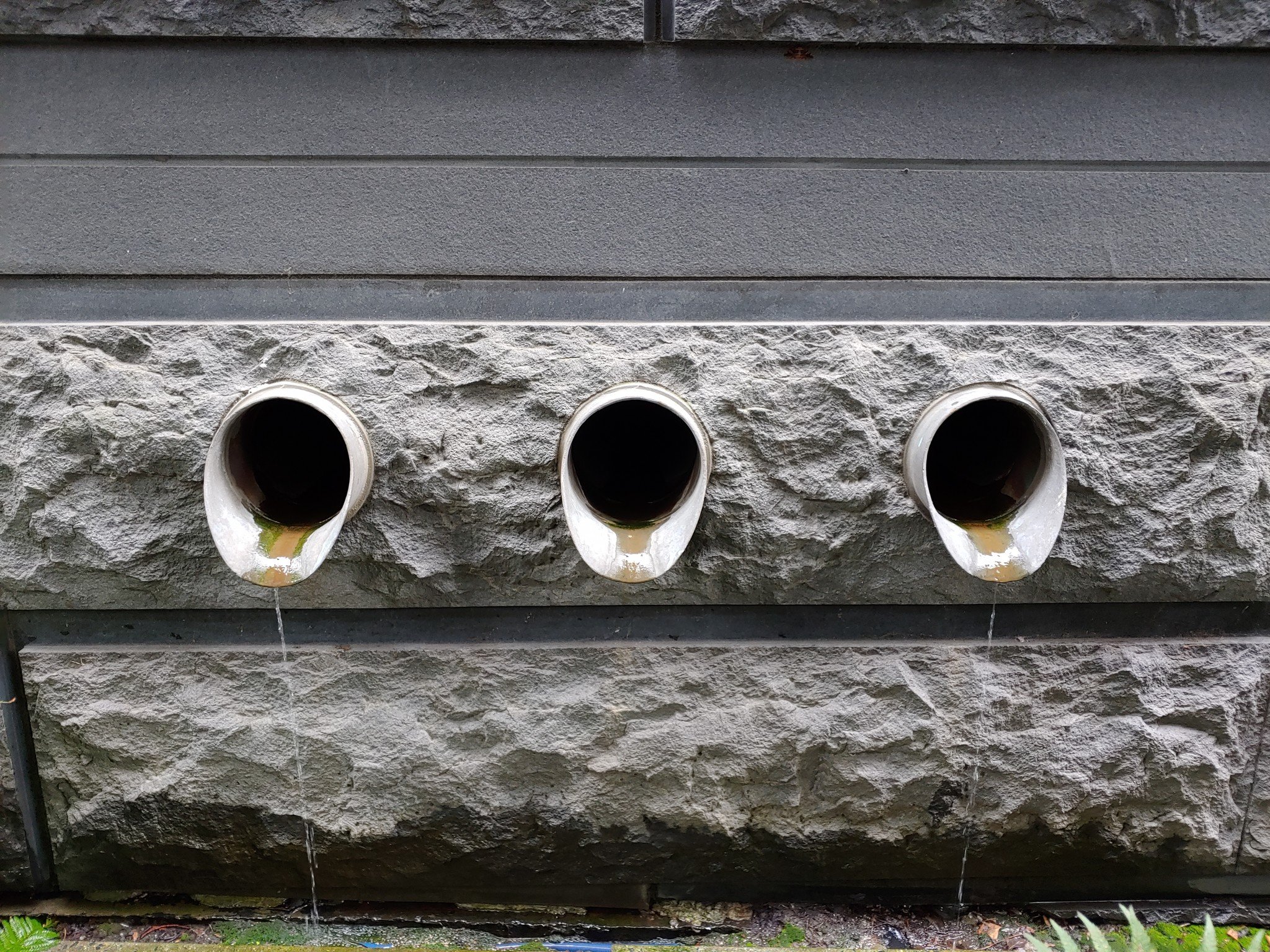
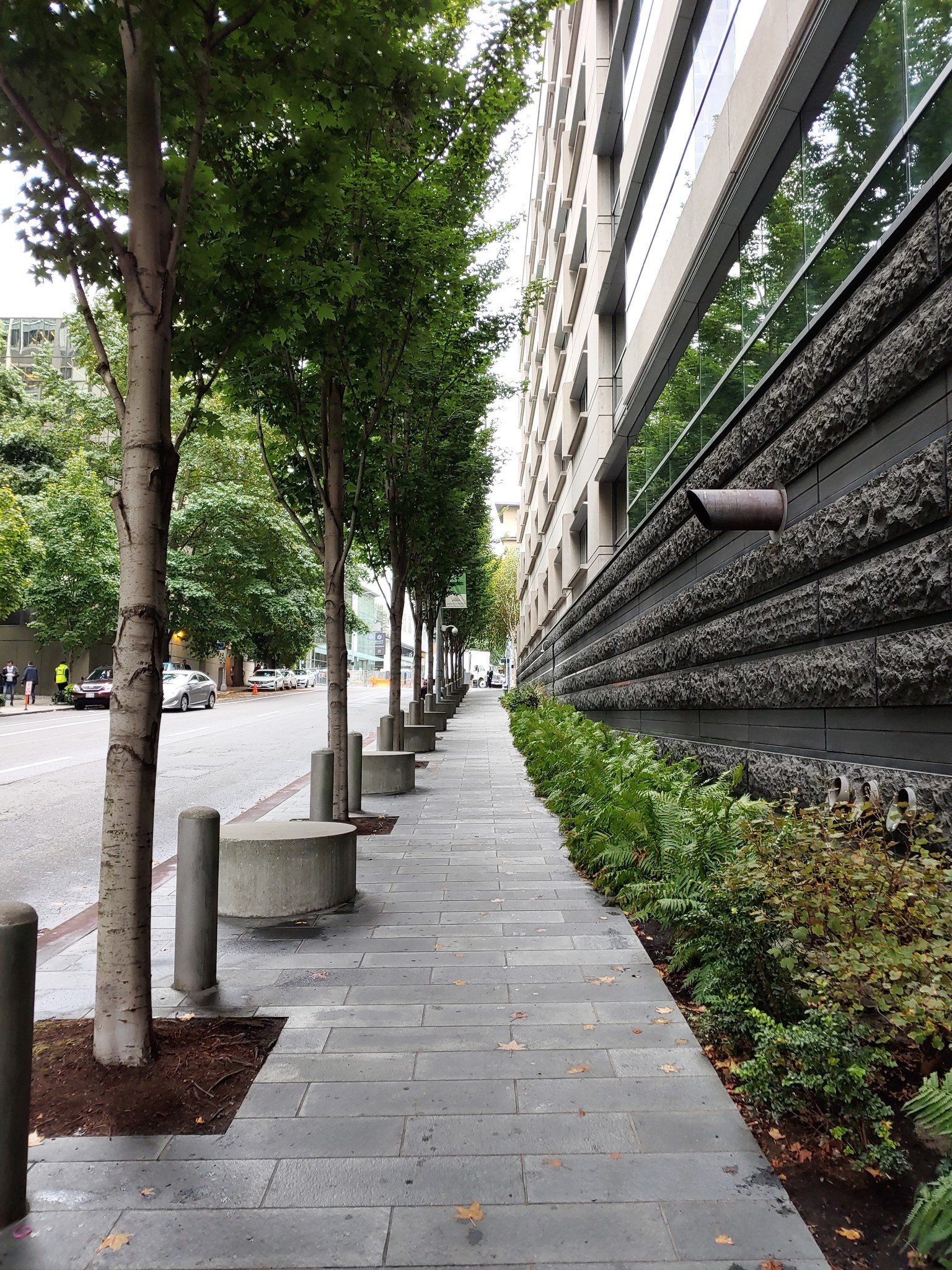


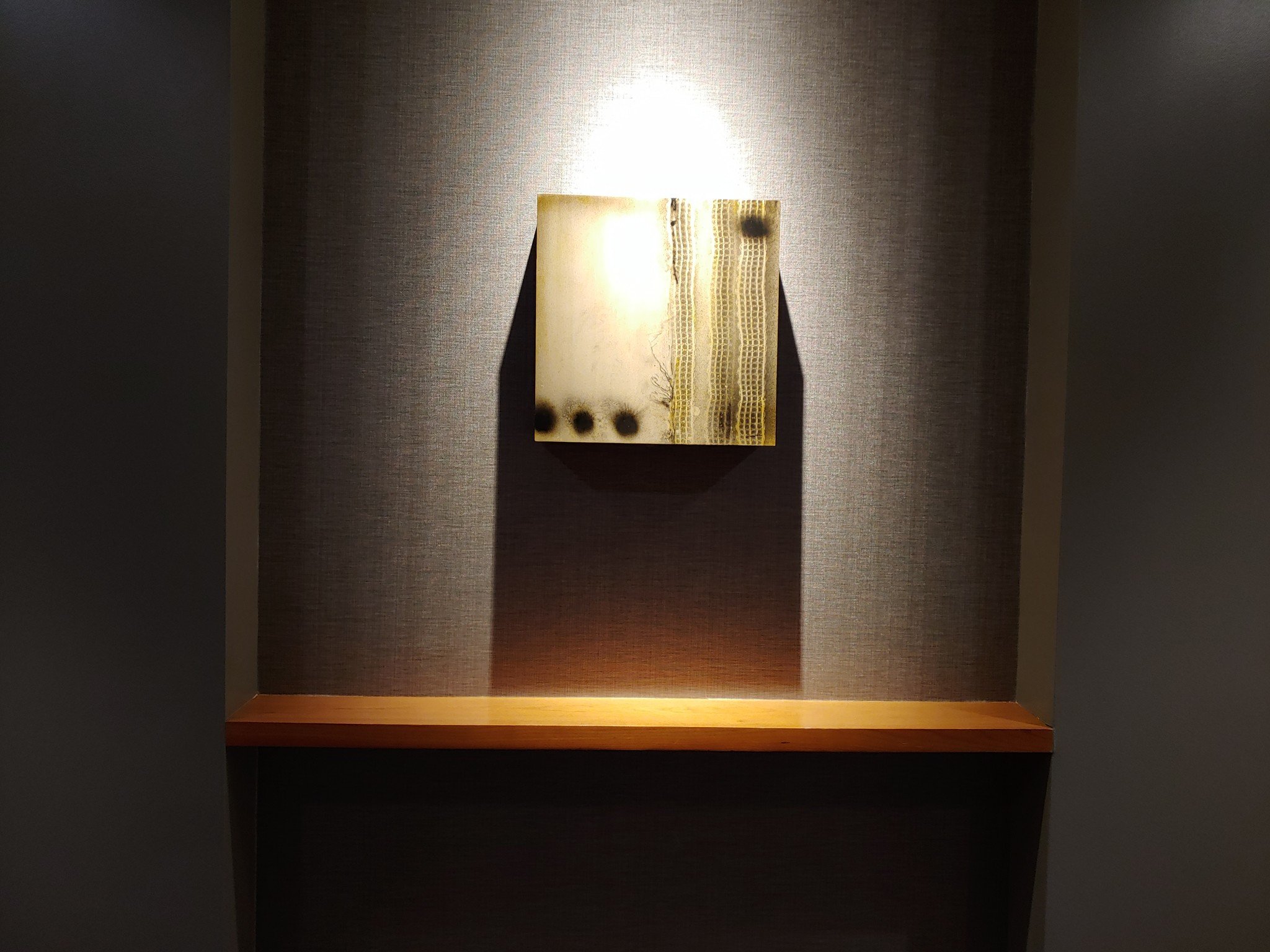
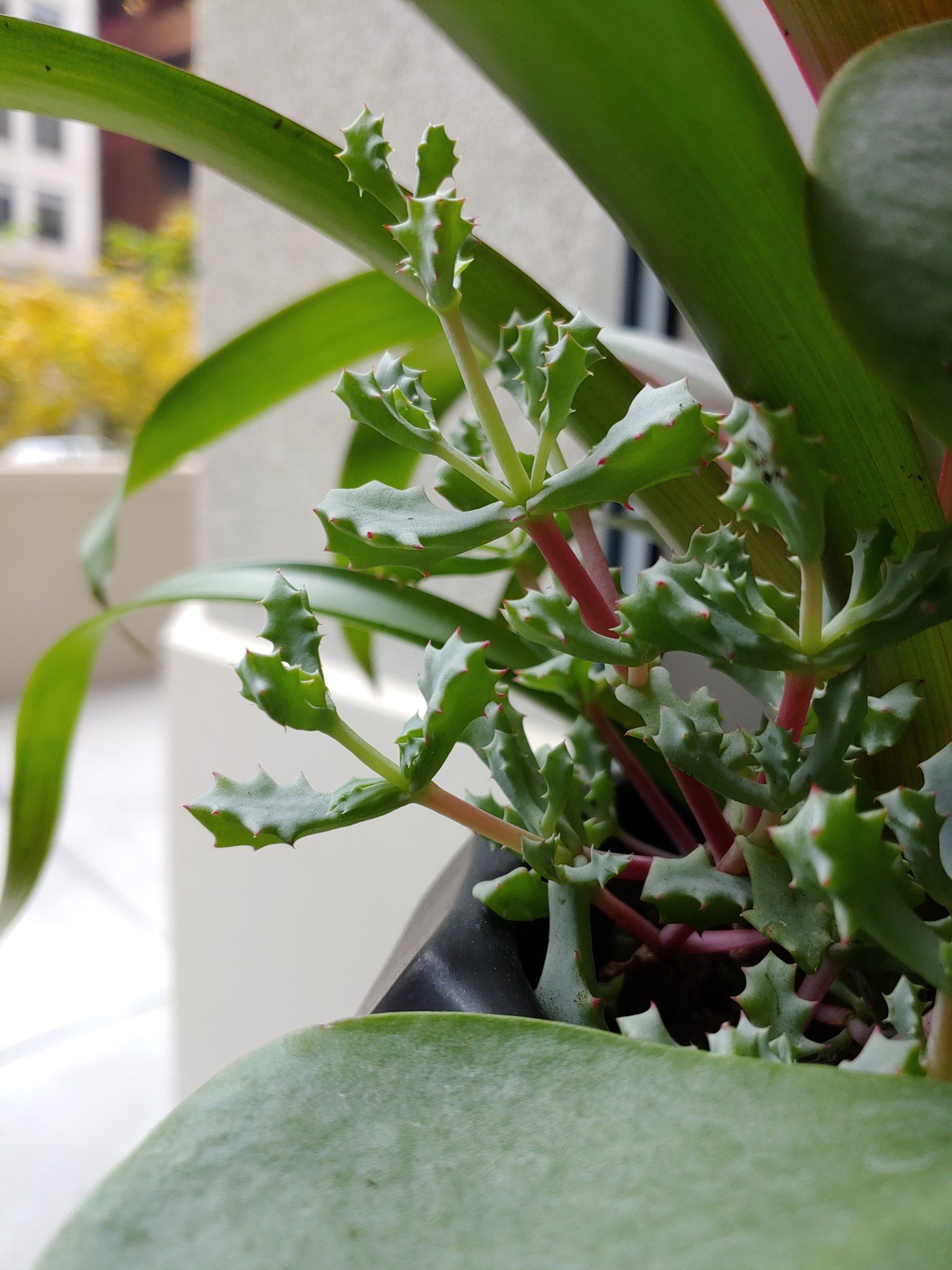

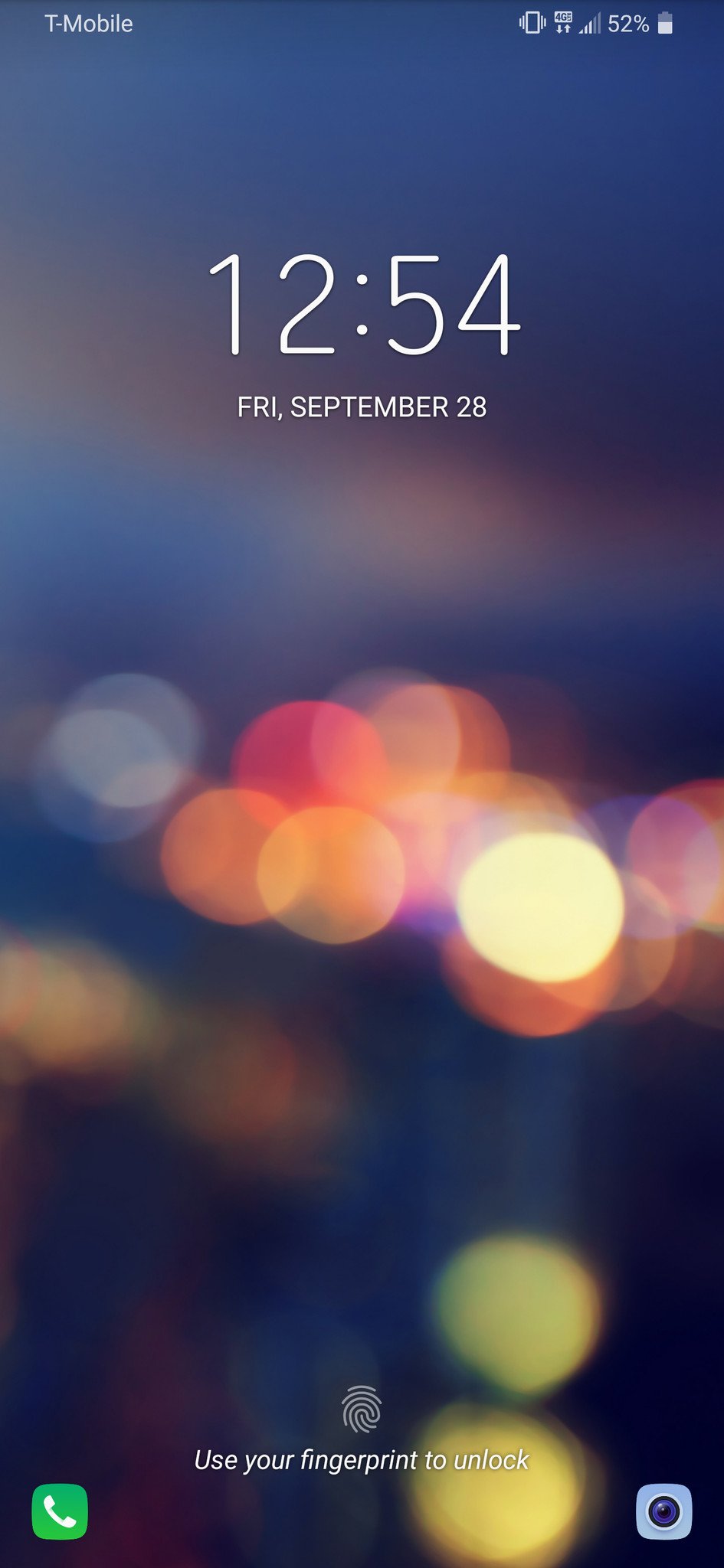
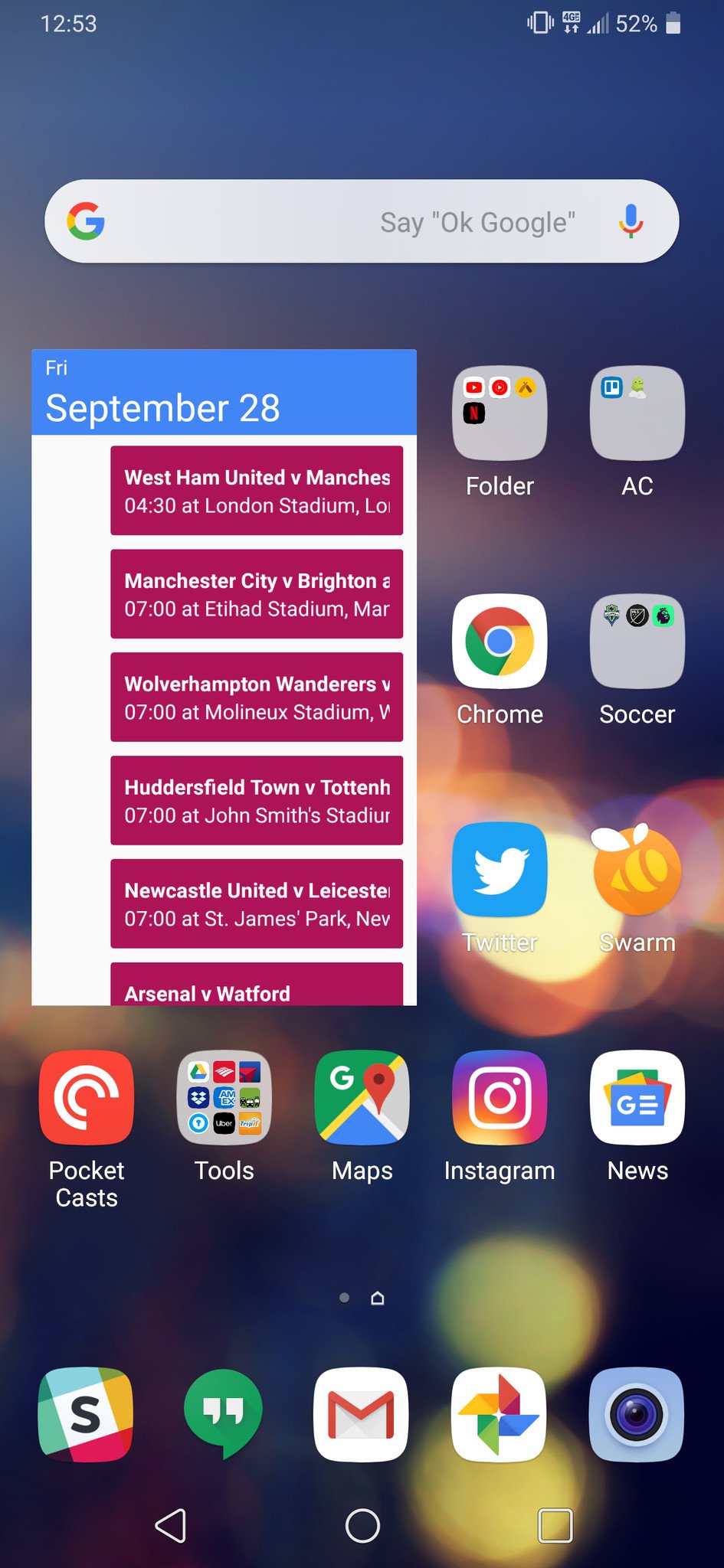
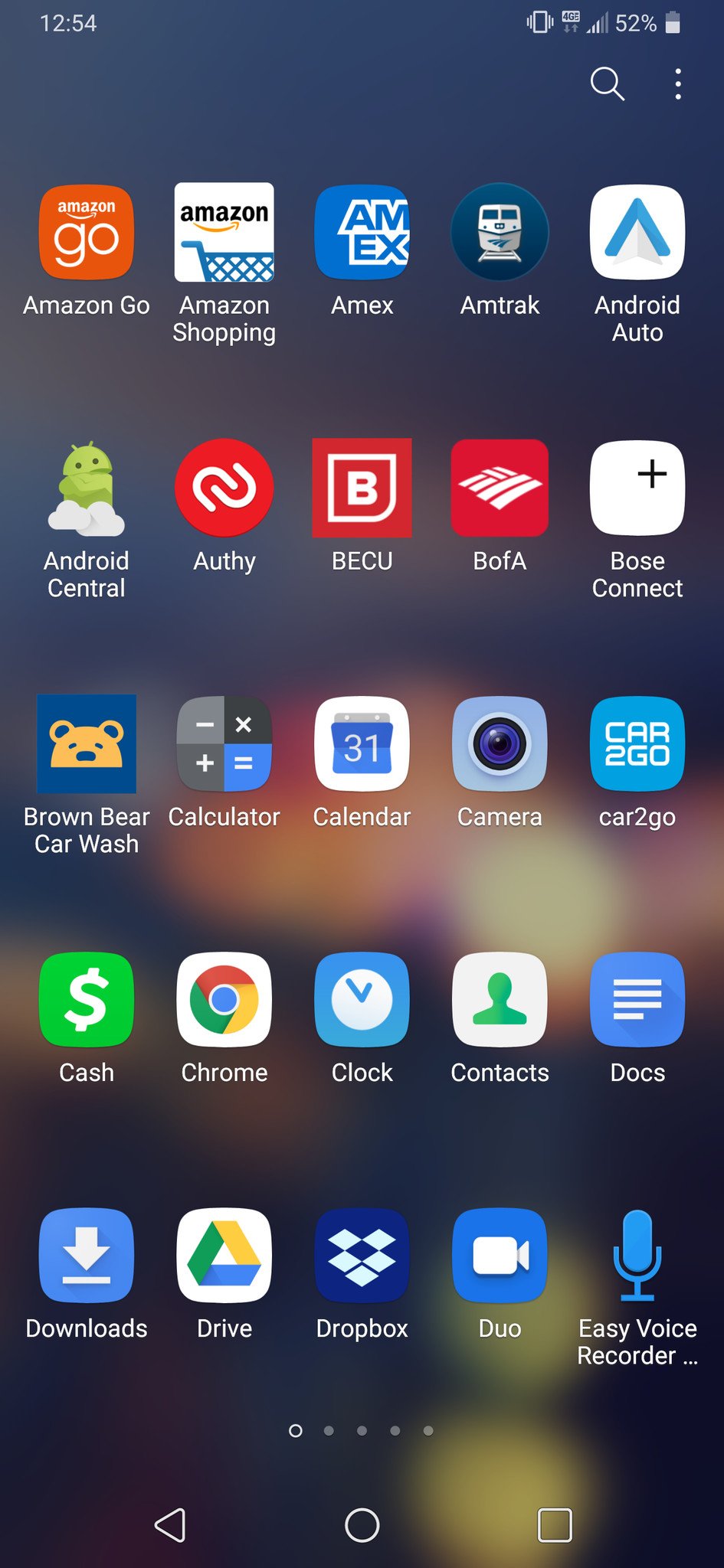
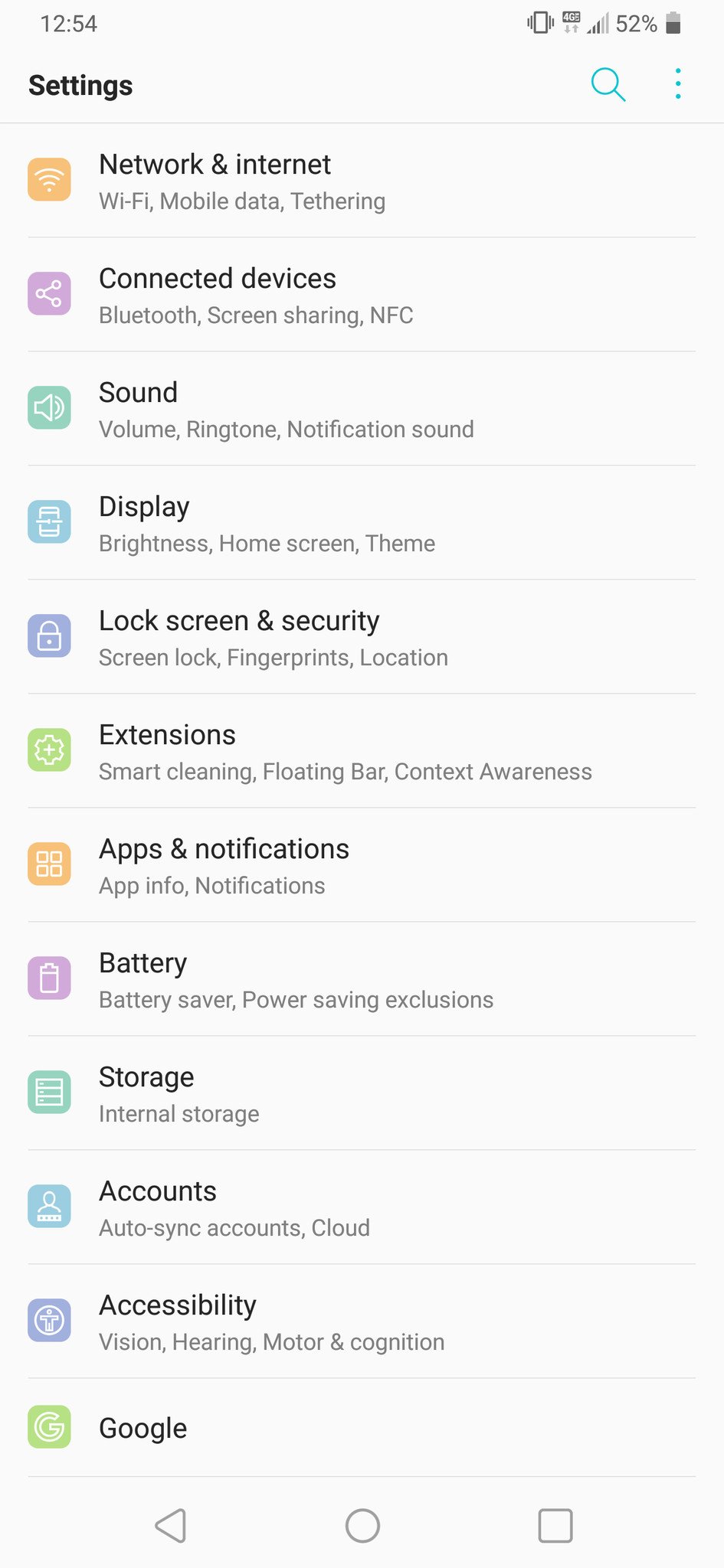
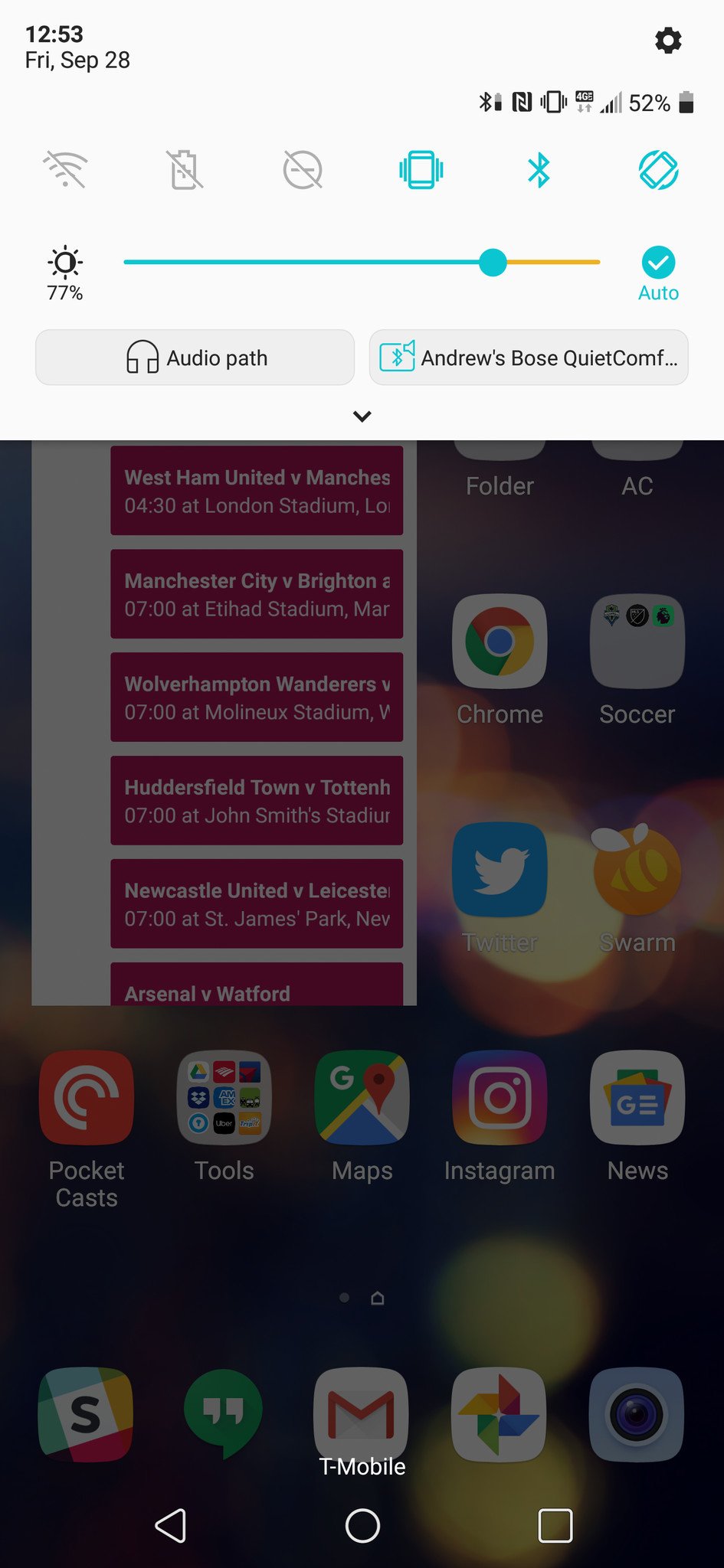
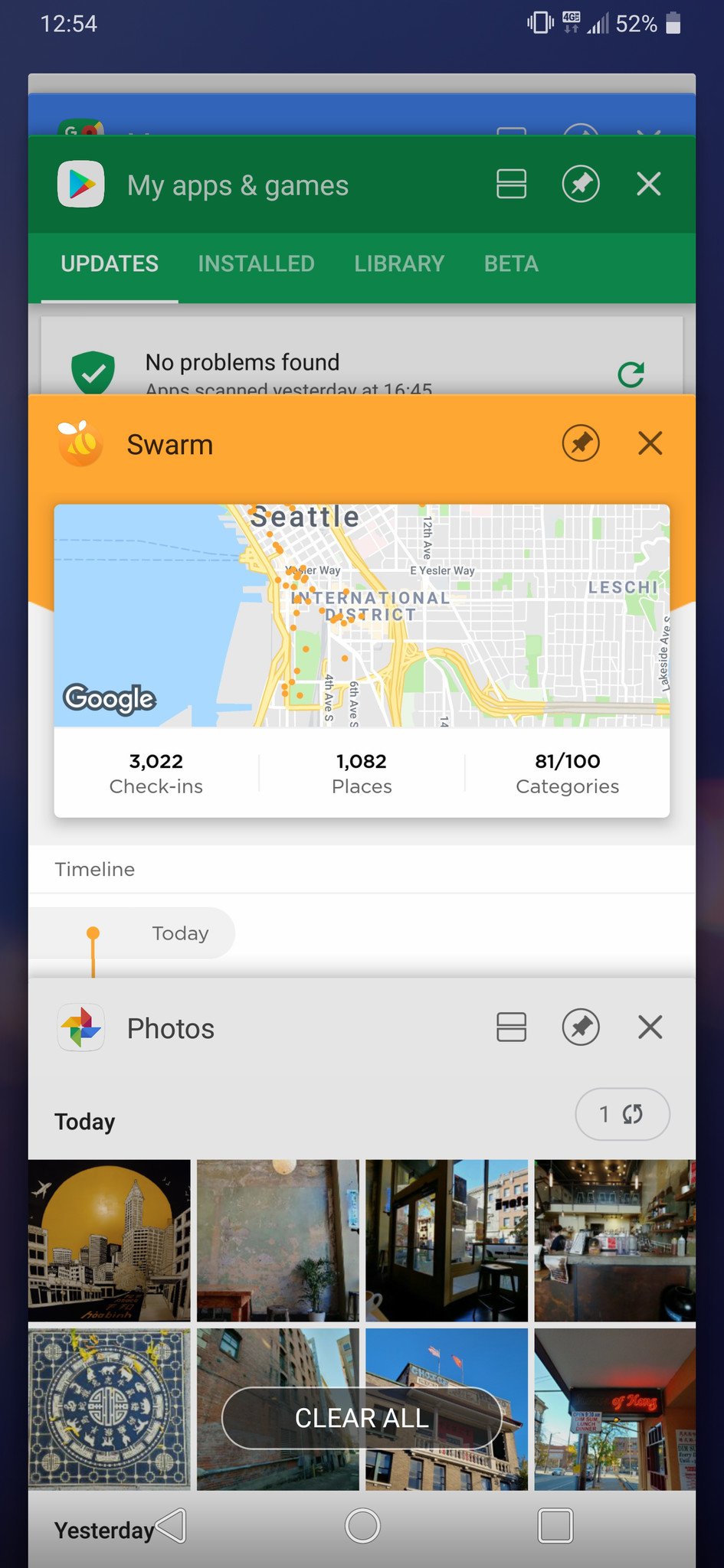
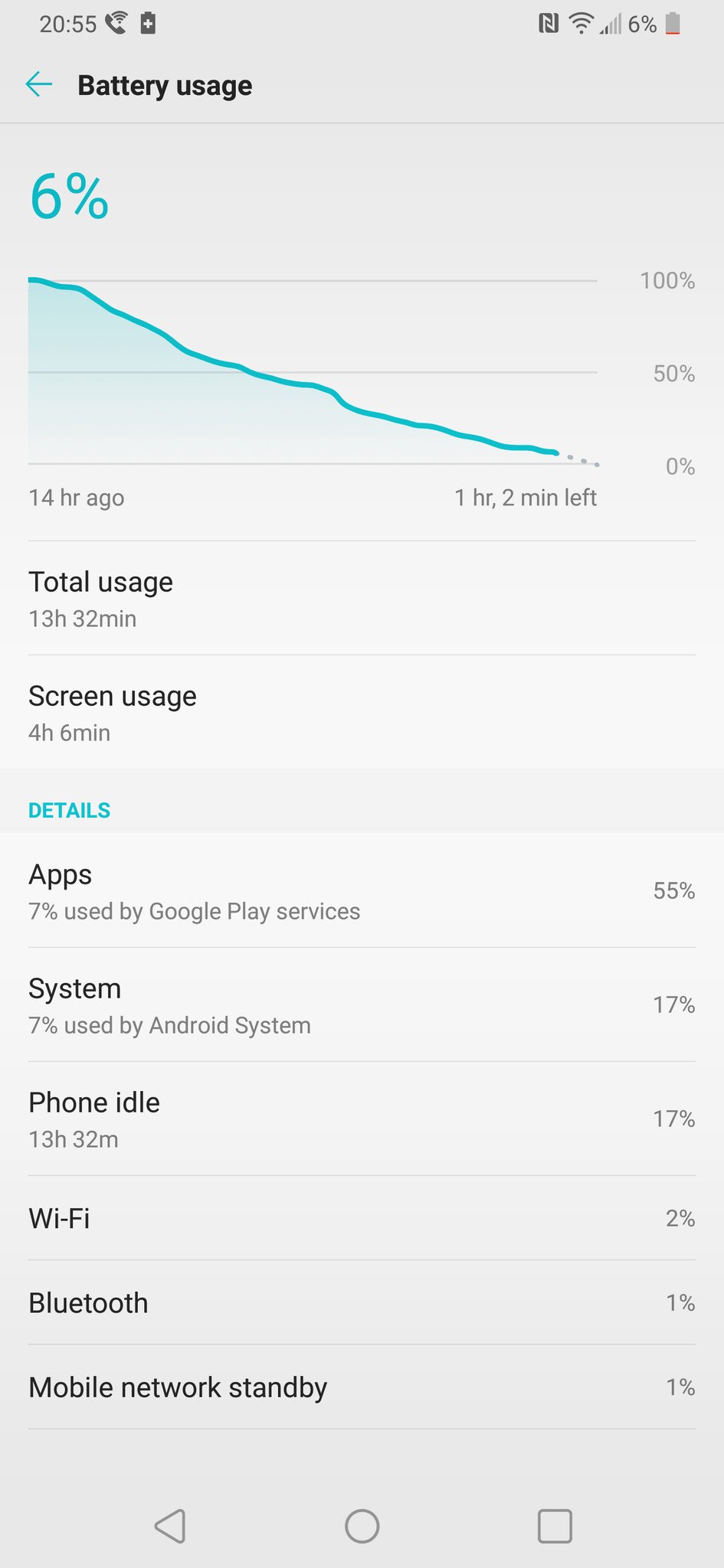
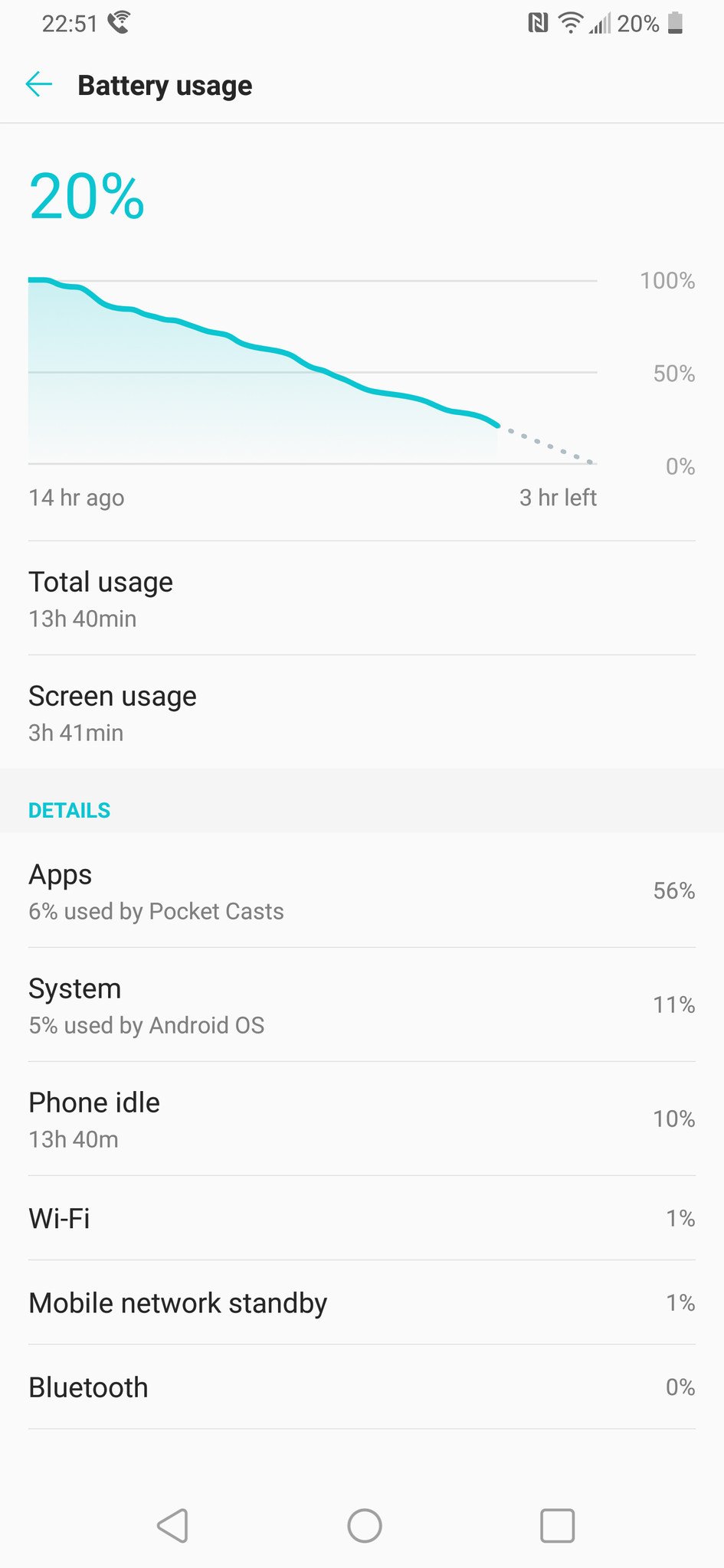
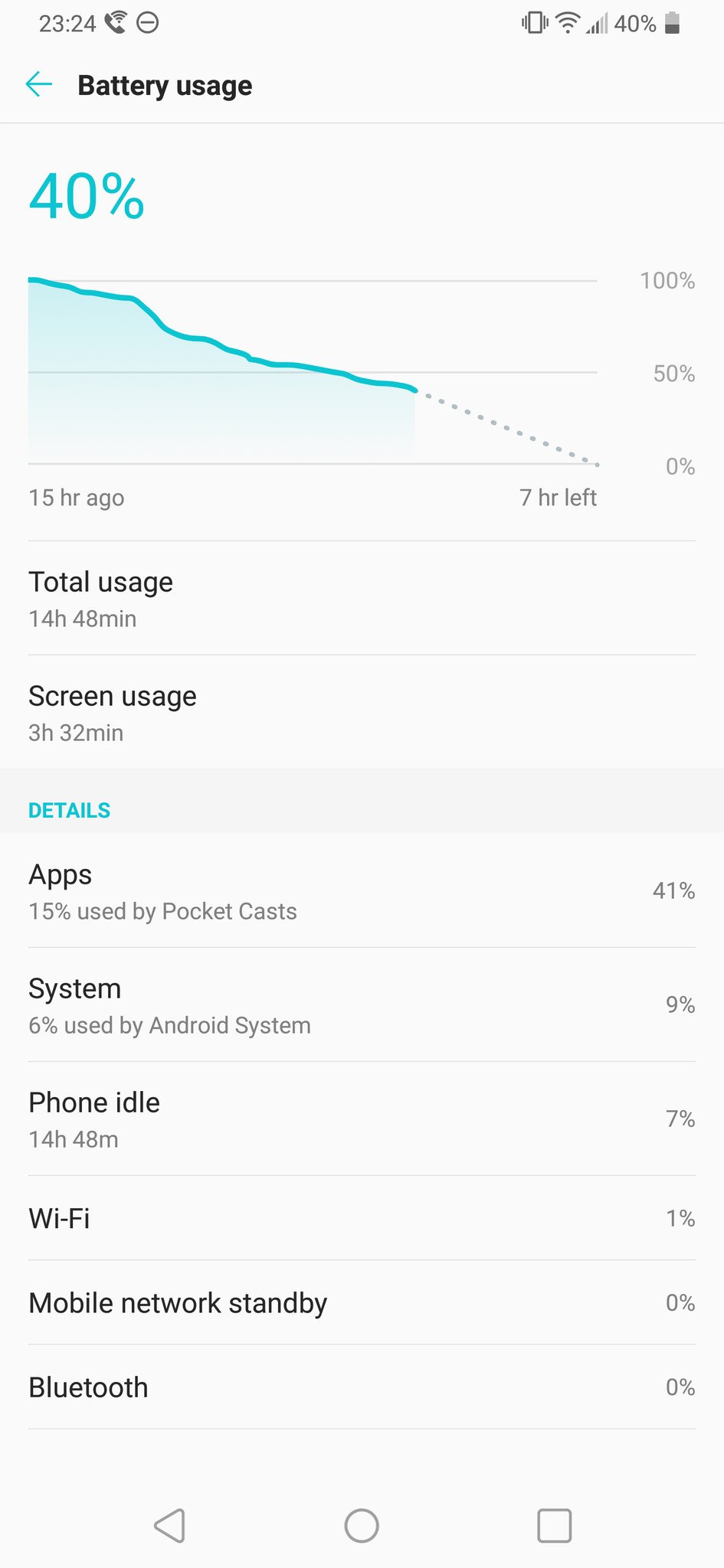
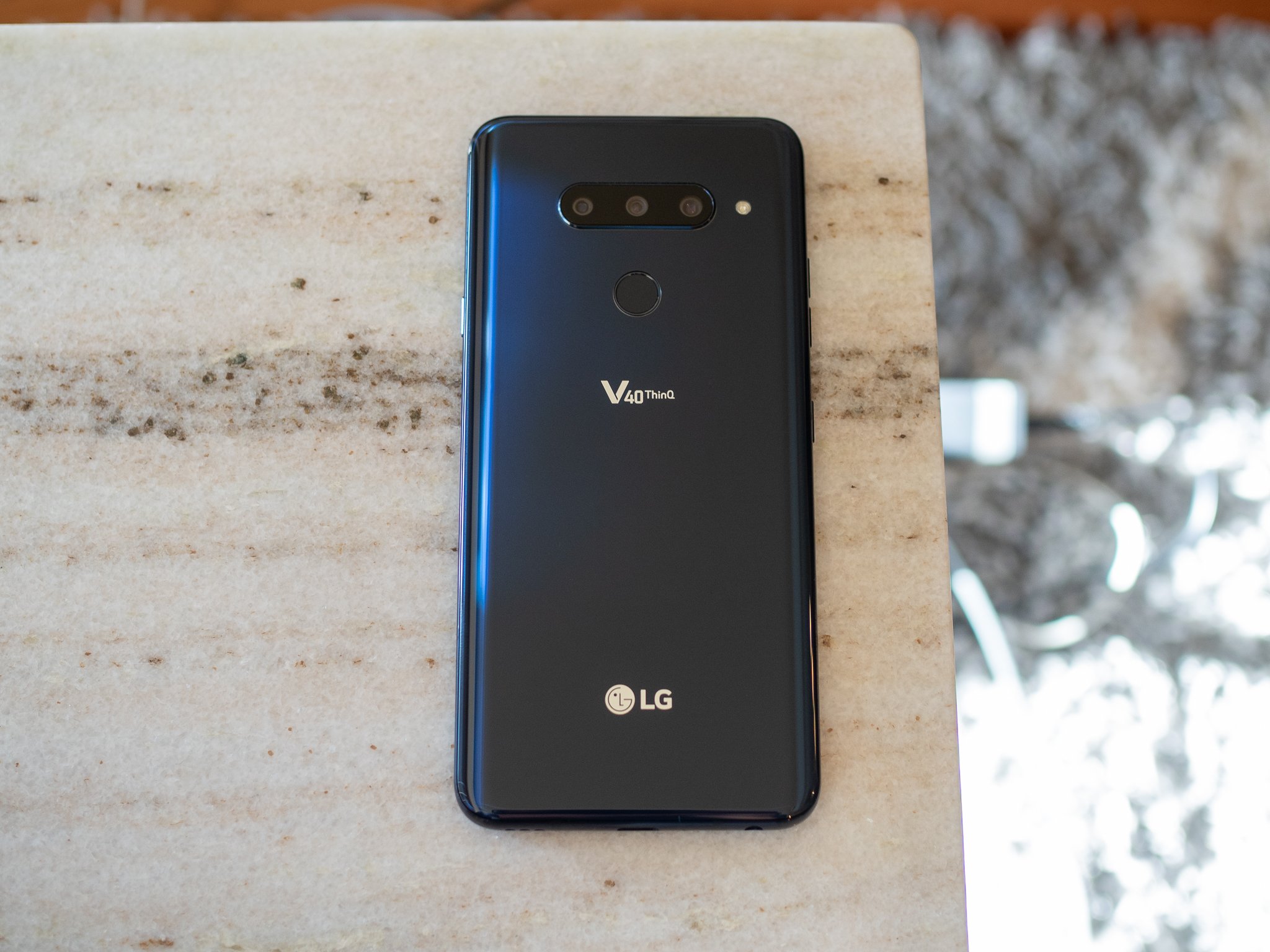
0 Response to "You Can See More: LG V40 ThinQ review: Five cameras aimed straight at Samsung"
Post a Comment